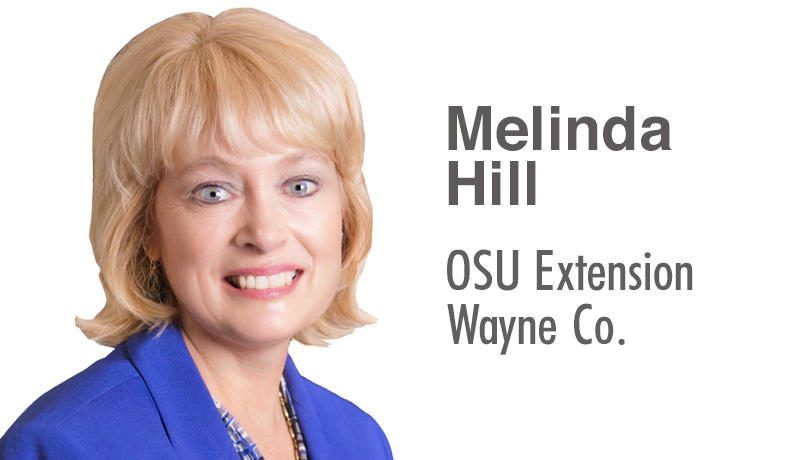It's good to have a plan B
- Melinda Hill, OSU Extension Wayne County
- September 20, 2021
- 1270
During the last 18 months, we have all been living historical moments. Schools, communities, families and employers have all had to adjust to what current events arose. Unknown factors are a part of life, and while challenging to live, it has taught us in retrospective to be prepared, to have a plan B.
So the question for today is what is your personal plan B? It could be a natural disaster like a storm or fire or a financial emergency, but it’s a great reminder for all of us to talk with our families and have an emergency plan in place.
Following are a few conversation and action tips to get you started:
Start with an emergency fund
This may look different for families depending on your needs, but the guideline is to have at least three to six months of your expenses set aside. That guideline is specific to losing a job, but if you can’t get to work because of a natural disaster, for example, you can focus on the clean-up and not be stressed you can’t pay the bills.
Another fund might be set aside in your budget for the emergency repairs that may be needed. What’s your homeowner insurance deductible? Do you have that set aside in your current budget? While many families may have planned for the fair expenses, the extra travel and food expenses might not have been included. Having a “stash” at home and accessible for quick use might be something to consider for the future. Debit cards have made this much easier, but what happens if you can’t get to the bank or make withdrawals?
Review your homeowner’s insurance declaration page
Do you have enough coverage for your current home and belongings? What about the home inventory? What’s in the drawers, closets, attic and basement? Do you have a listing of items and approximate value of it? You might be able to video or take pictures throughout the house to help to document the items as well. Check with your insurance agent for their guidelines.
Review your life insurance
Unexpected death can put loved ones into an emergency state, and taking care of details might not be the top of the priority list. What about your will or trust? Is it up to date with your wishes and shared with your loved ones?
An emergency kit at home is a good idea to have at all times
New batteries, flashlights or candles, food that doesn’t require heat for preparation and water should be included. Don’t forget to include medicines, and if you have pets, be sure to include previsions for them as well.
If you had to leave your home quickly
Do you have all the important papers in one place that you can grab and go? Consider putting those documents that are difficult to replace in a file or notebook that could easily go with you. What would you miss from your files if they no longer existed, and if you couldn’t communicate, who in your family is trusted with this information?
If you do electronic bill pay
Is it automatic or do you have someone trusted with your log-in information to make sure items are paid on time?
Have you considered a family communication plan?
Where might everyone meet if there’s no cell-phone service? How can you let everyone know you are OK? Once this is decided upon, it’s not a bad idea to practice with a “test” a couple of times a year. If most of your family is in one central location (within the county), can you pick someone farther away to be your meeting place?
While none of us want to think about disaster in our lives, it can happen in a moment. There are many things we have no control over, and while they could be varying in degree of severity, having a plan will help relieve some of the stress of the moment. Talk about it with your family so everyone is aware of your personal plan B.
Melinda Hill is an OSU Extension family and consumer sciences educator and may be called at 330-264-8722.

